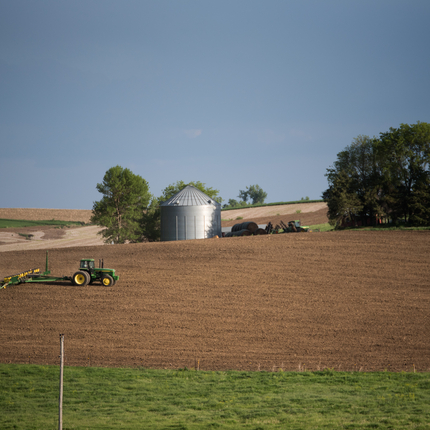The new farm bill addresses the needs of beginning farmers and ranchers as they build up their operations.
It includes a new program called Farming Opportunity Training and Outreach, which combines two existing programs: the Beginning Farmer and Rancher Development Program and the Outreach and Assistance for Socially-Disadvantaged and Veteran Farmers and Ranchers Program. Both gave grants to third-party organizations that provide education and training to underserved communities, including beginning farmers, farmers of color, veteran farmers, and others. The Center for Rural Affairs delivered education to veteran and Latino farmers and ranchers through the support of these programs. We are glad to see this important work continue.
In addition, beginning and socially-disadvantaged farmers and ranchers are supported under USDA’s conservation programs in the new farm bill. The Environmental Quality Incentives Program and the Conservation Stewardship Program each have 5 percent of their funds set aside for beginning farmers and ranchers and 5 percent set aside for socially-disadvantaged farmers. This provides a path for producers to build needed skills and establish beneficial conservation practices on their operations.
The new farm bill also increases funding for the Conservation Reserve Program - Transition Incentive Program. This program provides two extra years of Conservation Reserve Program payments to landowners with expiring contracts if they sell or rent their land to a beginning, socially-disadvantaged, or veteran farmer or rancher. The 2018 farm bill provides $50 million for this program over the next five years, up from $33 million in the last farm bill. Interested landowners, farmers, and ranchers should contact their local Farm Service Agency office, and begin building relationships with potential partners.





